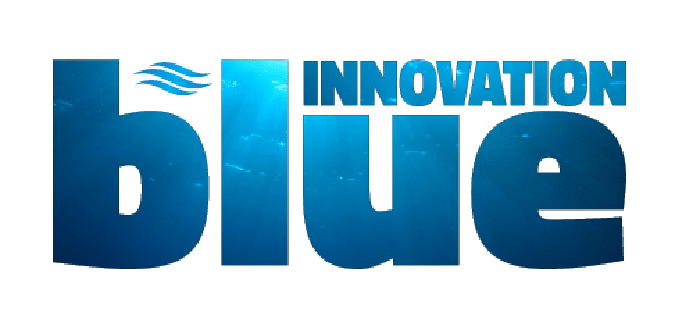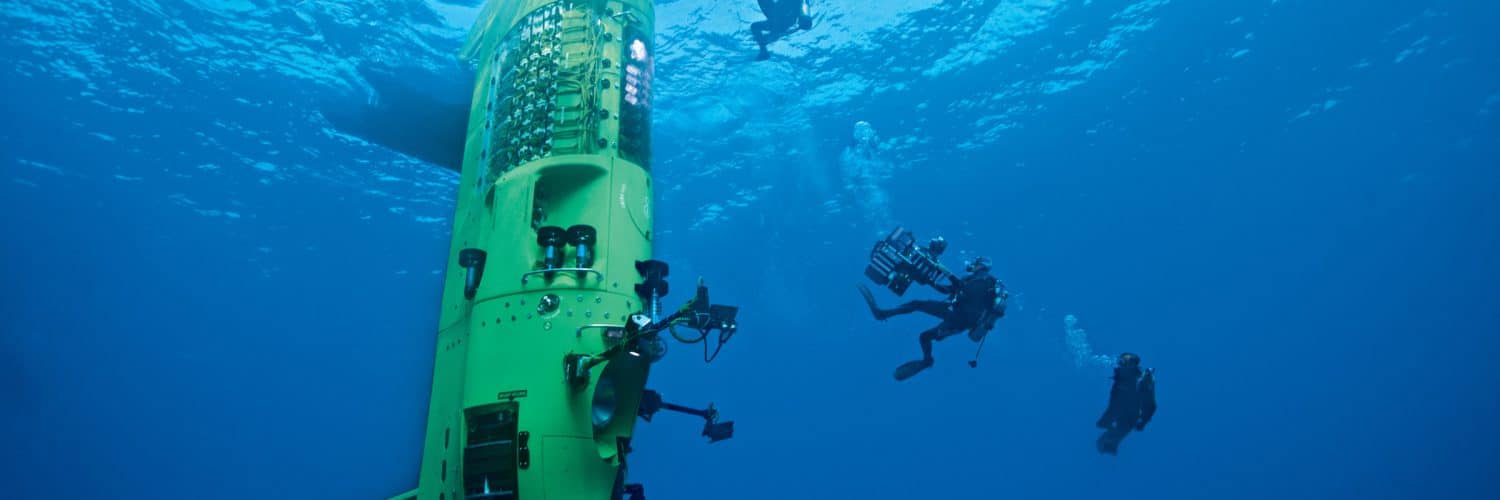Geographically speaking, most of the oceans’ mineral resources are concentrated in two different kinds of seafloor: the zones of accretion on either side of the mid-ocean ridges (veritable treasuries of valuable metals) and the boundaries of continental plates, whose submarine sedimentary basins hold precious hydrocarbons. These two ‘oceanic provinces’ are fundamentally different: the former are usually located far out at sea, and are thus governed by international law, whereas the latter are usually part of national EEZs, which has led to many conflicts of interest and territorial disputes. The incompatibility of both these locations is blatant.
The volcanic vents along the mid-ocean ridges—the true source of mineral deposits—spew out water rich in sulphides and oxides, generally in the form of nodules, but current technology is incapable of profitably harvesting these nodules at depths of 5,000 metres. Potential resources are, however, considerable. The nodules with the highest ferro-manganese content (around 50%) are mostly to be found in the Pacific, close to the Equator, in an area stretching from Polynesia to Australia, and to the south-east of Madagascar. Nodules rich in lead, copper, uranium, thorium and zirconium mostly lie off the coast of East Africa. The Red Sea is home to a deposit 50 kilometres square and 20 metres thick which is thought to contain 3.2 million tonnes of zinc, 800,000 of copper, 80,000 of lead, 4,500 of silver and even 4.5 tonnes of gold… but as this deposit lies where the disputed EEZs of Egypt, Sudan and Saudi Arabia meet and overlap, it is not difficult to imagine the conflicts it could cause.




Ajouter un commentaire